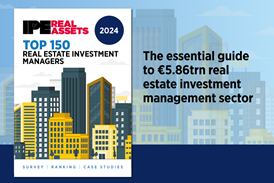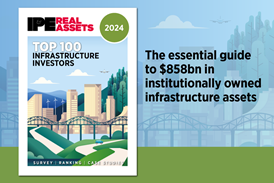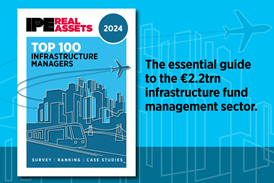The UK residential rental market is being transformed by institutional involvement at all stages including development, experts agreed at the Spring conference organised by the Commercial Real Estate Finance Council (CREFC) Europe in London, writes PropertyEU correspondent Nicol Dynes.
'We have started to see large appetite from institutions to supply rented homes, which is quite a departure,' said Jacqui Daly, director at Savills. 'They are finally not only investing in the sector but also taking development risk, as traditional housing does not suit their investment requirements.'
The rental market, long dominated by small private buy-to-let investors, is changing and attracting institutional capital, to the tune of £30 bn over the next five years, according to Savills forecasts.
The attraction is the huge imbalance between supply and demand: in the UK 250,000 new homes are needed every year, but only 130,000 are built. In London the situation is particularly critical: there is a pipeline of 5,000 new homes, against an estimated need of 60,000.
'Institutional involvement is a sign of the market reaching maturity,' said Wes Fuller, executive managing Director at Greystar. 'In the US multifamily residences have provided the highest returns and the lowest volatility, so those investors coming to the UK now are not making a leap of faith: they are experienced enough to know that purpose-built residential is an income-producing investment and a pretty safe bet.'
The lack of available existing assets is turning residential investment into a development play, Fuller said: 'There is no choice, as institutional capital wants to make sure the product is right. Development has many operational complexities so the process will take longer, but it will definitely happen because there is so much capital waiting to be deployed.'
Developers are also aware of the great opportunities that lack of supply represents, said Jon Di Stefano, CEO of Telford Homes: 'The need is such that there is a positive environment for good developers willing to deliver the right product in the right location at the right time.’ Land is becoming increasingly available, he added, so the main challenges to overcome are planning regulations and lack of resources, especially skilled labour.
In future there will be more long-term partnerships between institutional investors and developers, said Di Stefano: 'It is a great attraction for us. There is still the construction risk, but these agreements de-risk finance and often involve forward-funding so there is no debt. Taking risk out of the equation allows us to do more developments, so it is a win-win situation.'












